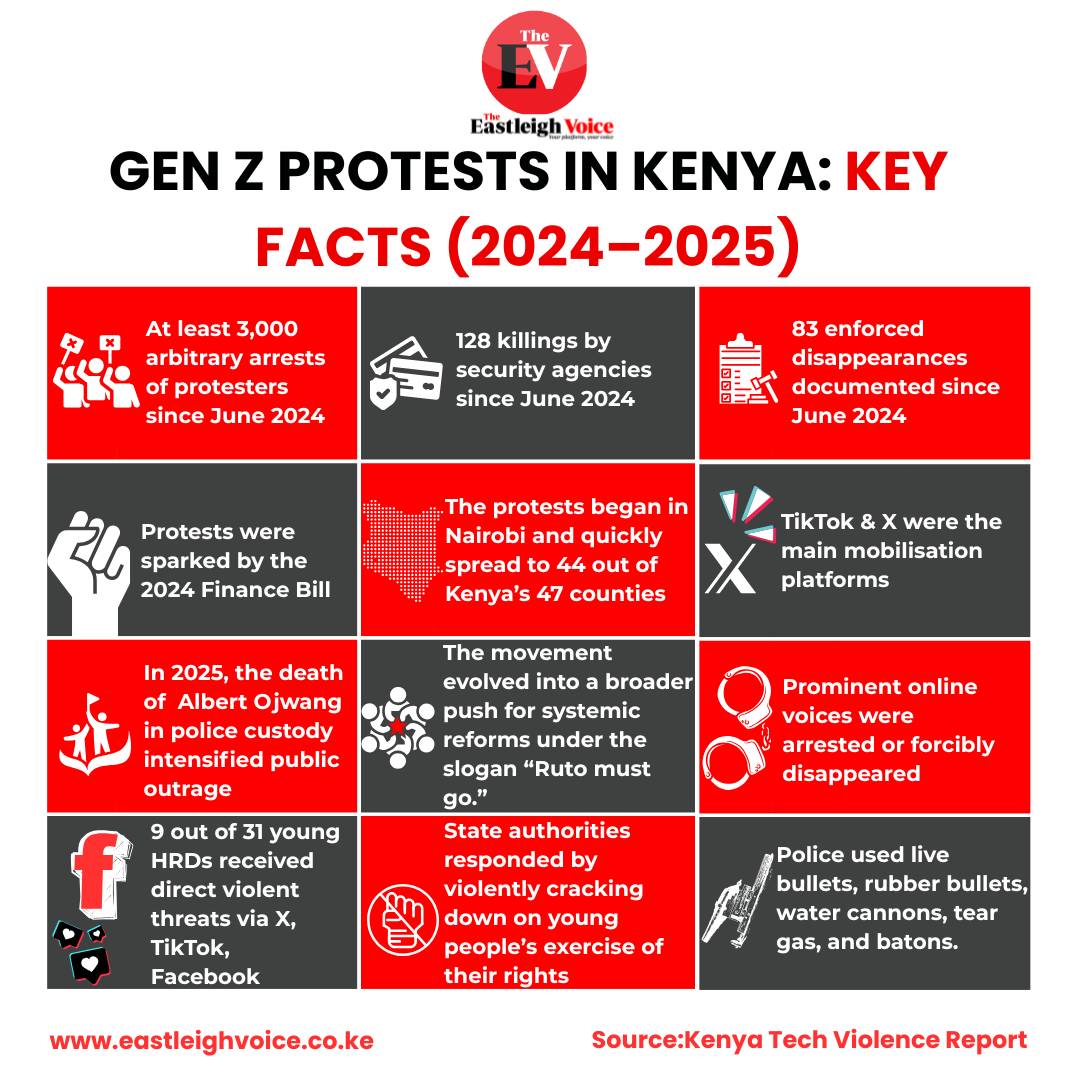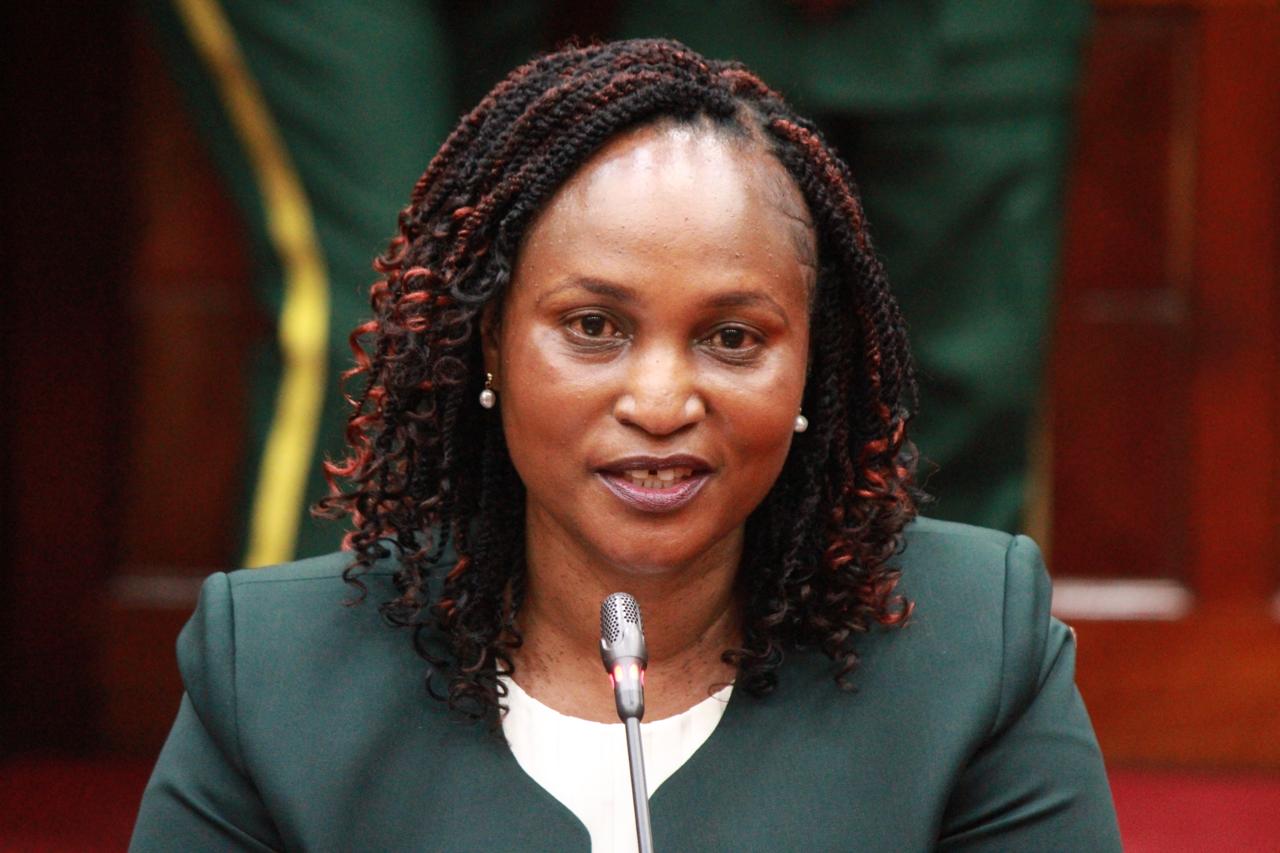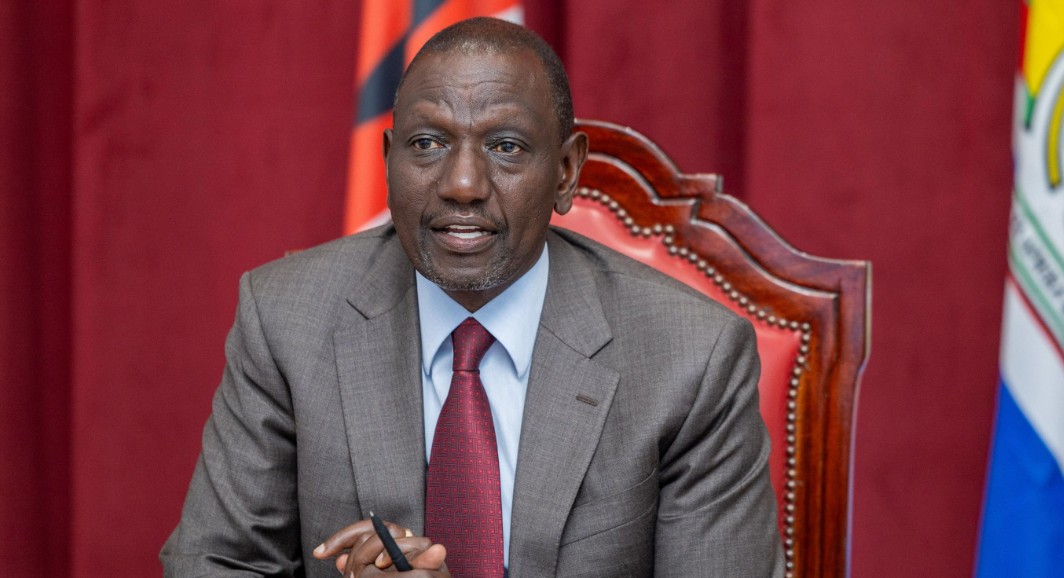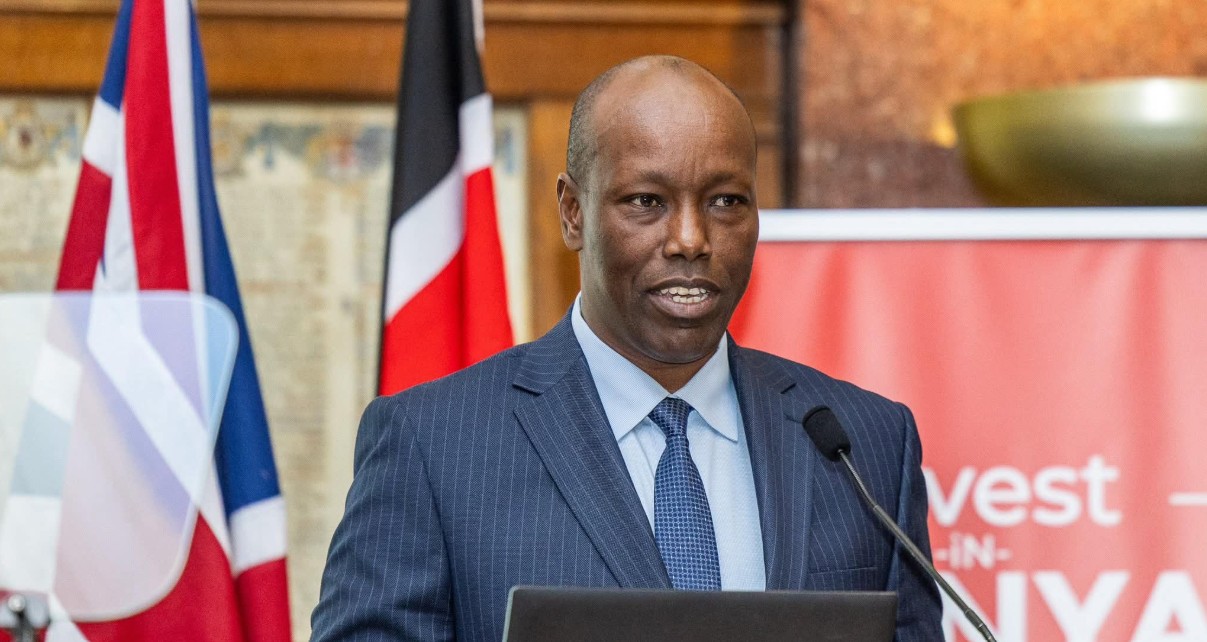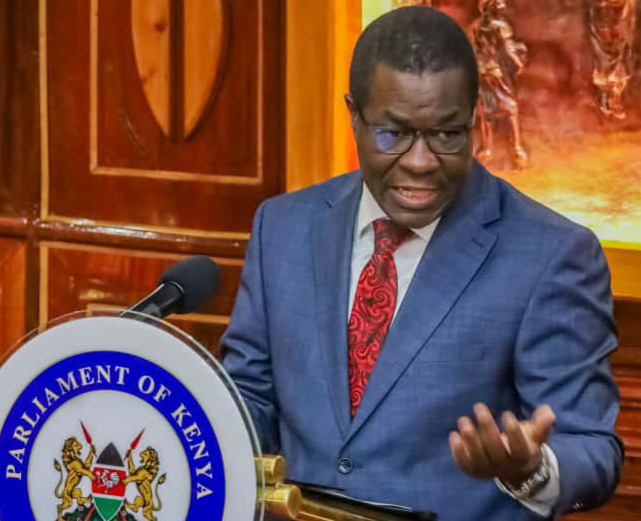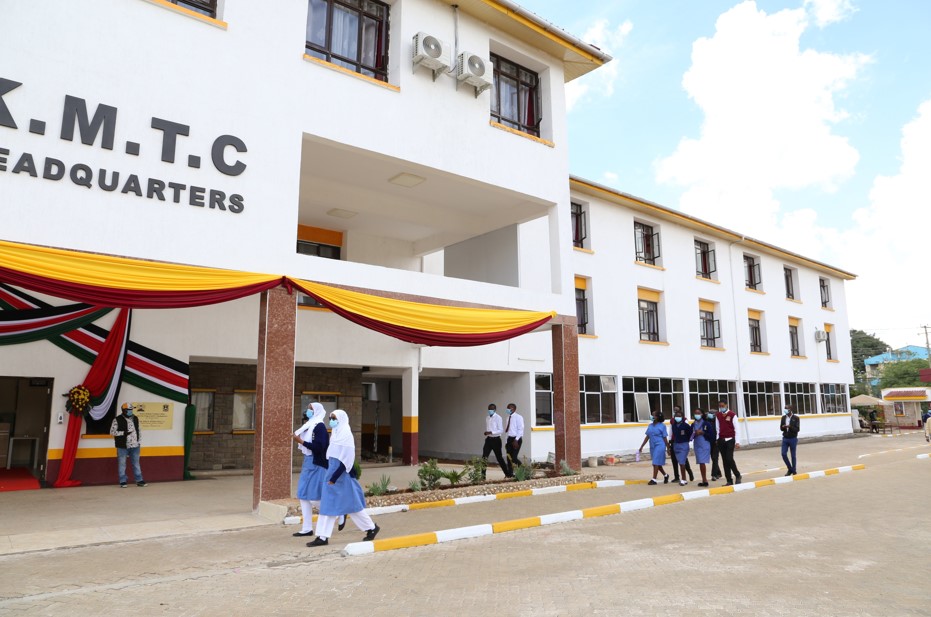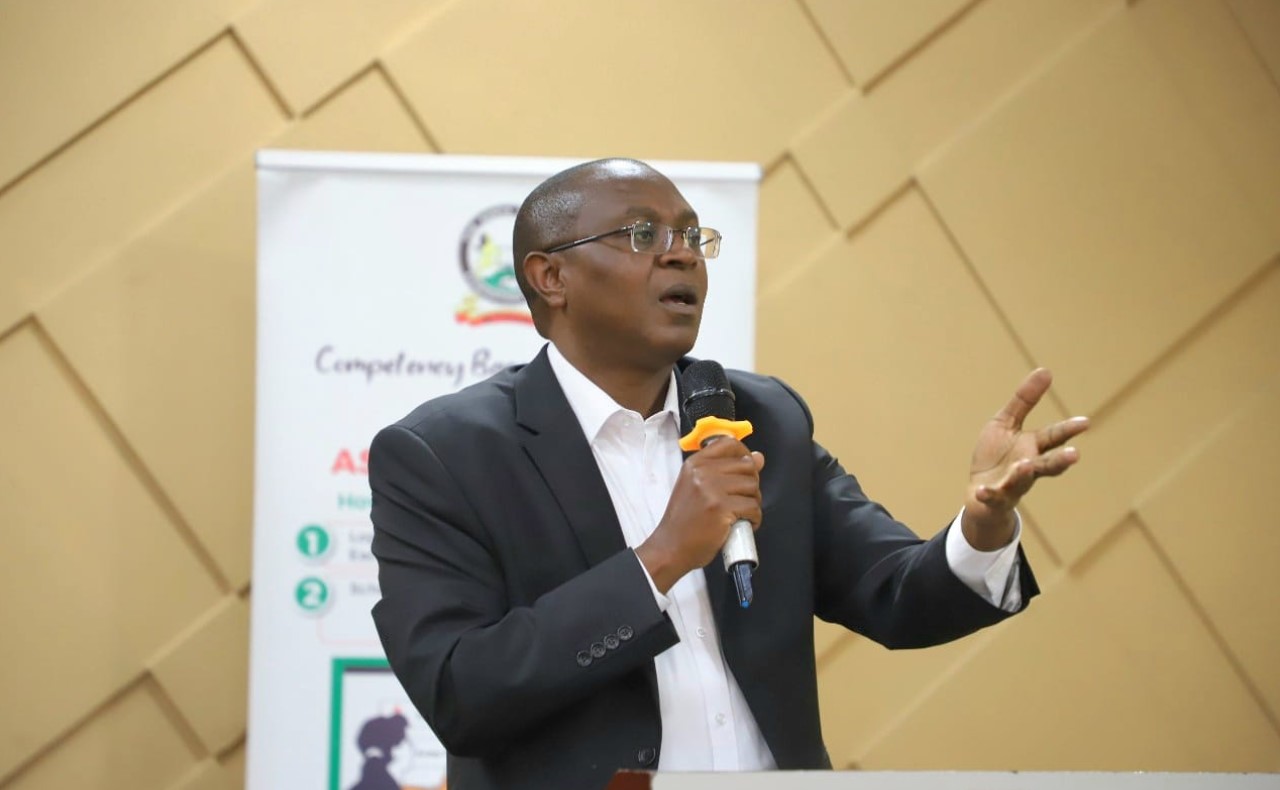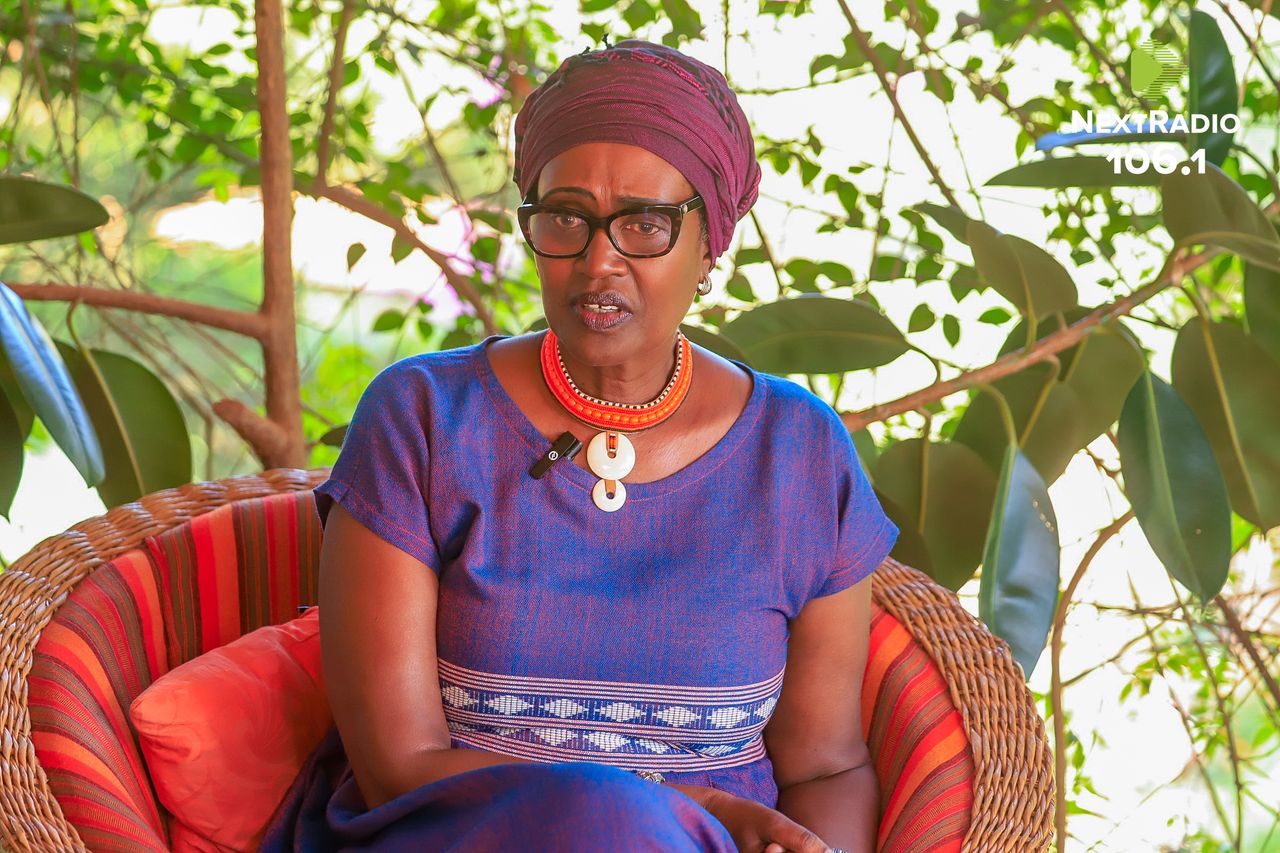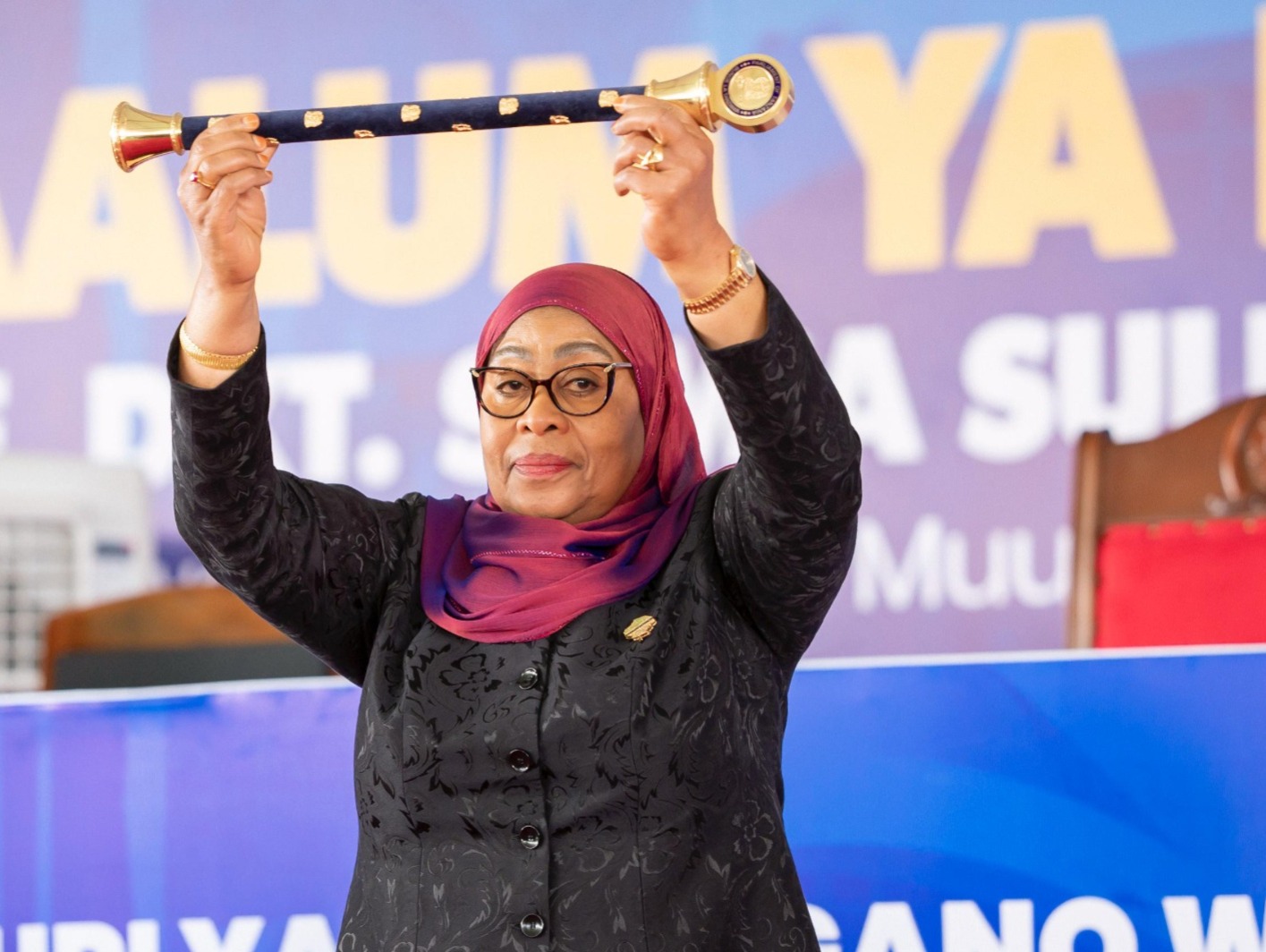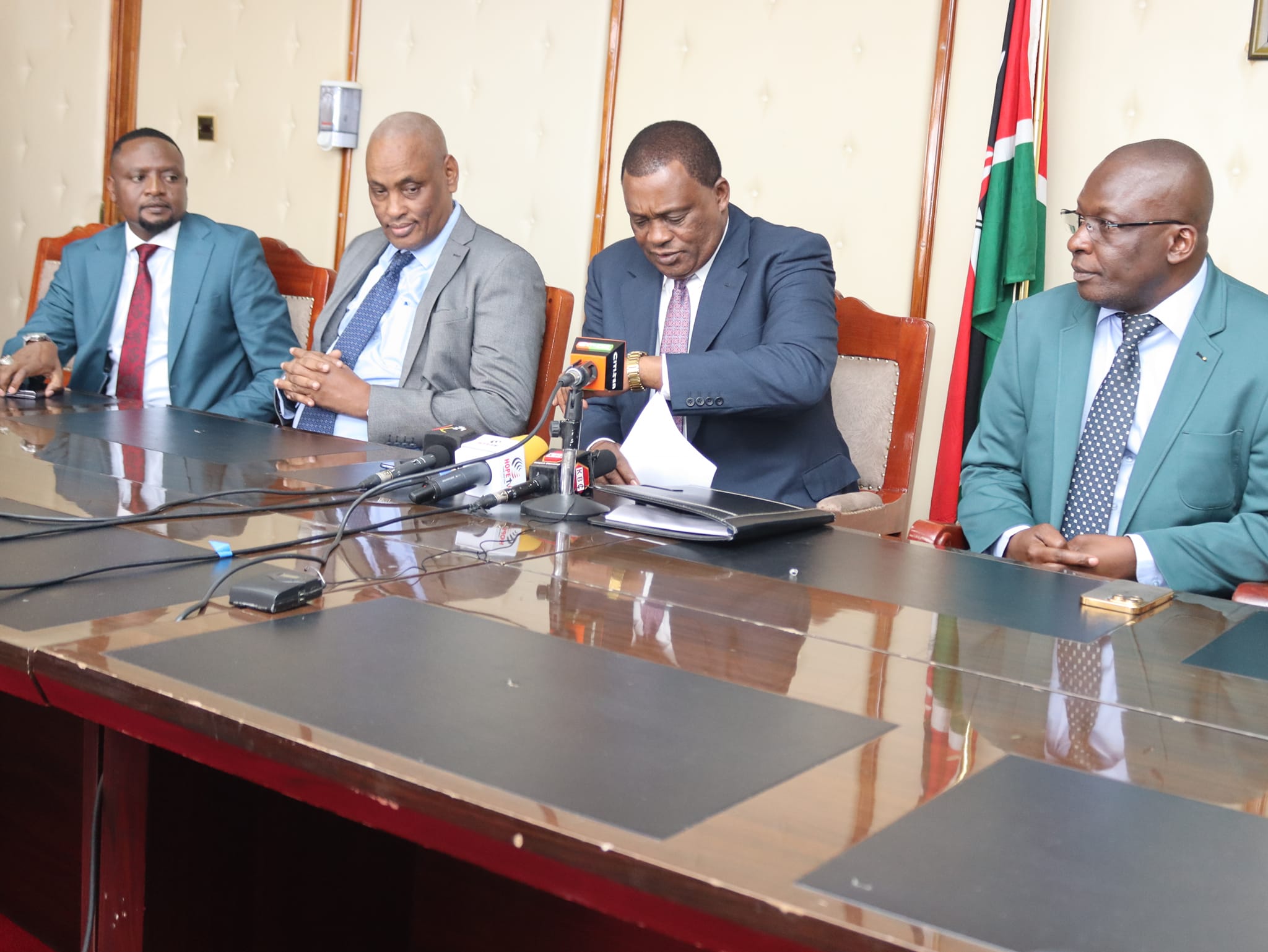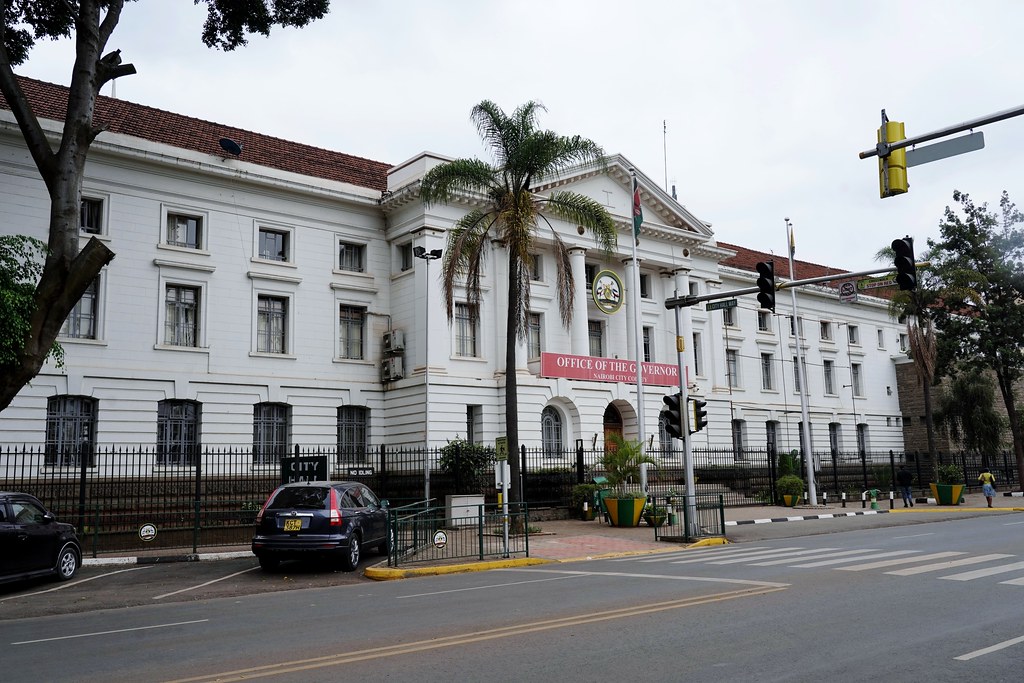Counties turn to solar power to save on costly electricity bills

The move could cost Kenya Power billions of shillings as more counties opt for renewable energy sources.
Several counties in Kenya, including Nairobi, Nakuru, Samburu and Kiambu, are increasingly turning to solar power to mitigate the rising costs of electricity.
The shift comes as county governments face mounting electricity bills that are taking a significant toll on their budgets.
More To Read
- Domestic capital gains momentum as sub-Saharan Africa accelerates energy transition financing
- Renewables overtake coal in global electricity generation
- Somalia unveils plan to halve imported fuel for power generation by 2028
- Renewable power capacity to double by 2030 - IEA
- Africa lags in green jobs boom, holds just 2 per cent of the global sum
- Climate action can feel slow – but the fastest energy leap in history has begun
County governments, which have been grappling with monthly electricity bills ranging from Sh80 million to Sh100 million, are now looking at solar energy as a cost-effective alternative. The move could cost Kenya Power billions of shillings as more counties opt for renewable energy sources.
Nairobi County, in particular, is leading the way with its plans to save at least Sh80 million each month, and Sh1 billion annually, by transitioning to solar energy for its buildings and street lighting projects.
Governor Johnson Sakaja revealed the strategy during his appearance before the Senate Standing Committee on Energy. He explained that the county was aiming to implement solar power in more than 80 per cent of its facilities.
“Nairobi County is putting up measures for harnessing solar power in more than 80 per cent of its facilities and establishments. The implementation of solar energy in county buildings and street lighting will save the county government Sh80 million per month,” Sakaja said.
The move follows a dispute between the county and Kenya Power over an unpaid electricity bill of Sh1.5 billion.
Initially, Kenya Power had issued a Sh3 billion bill, but after verification, the amount was adjusted. Sakaja committed to paying Sh50 million per month until the debt is fully cleared.
The joint verification also uncovered discrepancies, with some meters linked to other counties, including Turkana, Kiambu and Machakos.
While Nairobi is making significant strides, other counties are following suit. Nakuru County has begun installing solar panels on boreholes and street lighting projects, projecting savings of about Sh30 million per month.
In Murang’a, Governor Irungu Kang’ata is also spearheading solar initiatives, including the installation of solar panels for boreholes, Early Childhood Development Education centers, and street lighting. He emphasised that these efforts would help reduce the county’s electricity costs and enable the reinvestment of funds into development projects.
“We are installing solar energy to save the county government huge power bills and allow my administration to inject more resources into development projects,” Kang’ata said.
Meanwhile, in Samburu County, Governor Lati Lelelit is set to reduce the county’s Sh50 million electricity bill by investing in solar projects, including street lighting, with a projected annual savings of Sh4 million. Solar energy is already being used in towns like Achers Post and Maralal.
Kiambu County, which has been spending a staggering Sh1.7 billion annually on electricity for street lights, is also moving towards solar-powered lighting systems as part of its strategy to cut costs.
Top Stories Today

